Comparing Erotic & Nude Art: What’s The Difference?
Erotic and nude art have some similar attributes, but they are ultimately two different genres. In this piece, we take a look at how to recognize the difference between them. As an erotic art gallery, we...
Erotic and nude art have some similar attributes, but they are ultimately two different genres. In this piece, we take a look at how to recognize the difference between them. As an erotic art gallery, we often see confusion between these two artistic genres. This piece will help to see how they differ.
Defining Nude Art
Nude art is any fine artwork that depicts the naked human body as its primary subject. It has been a longstanding genre across many forms of media throughout the ages. From the nude statues of the Ancient Greeks, to Renaissance painters like Sandro Botticelli, to modern nude photographers like Ben Ernst.
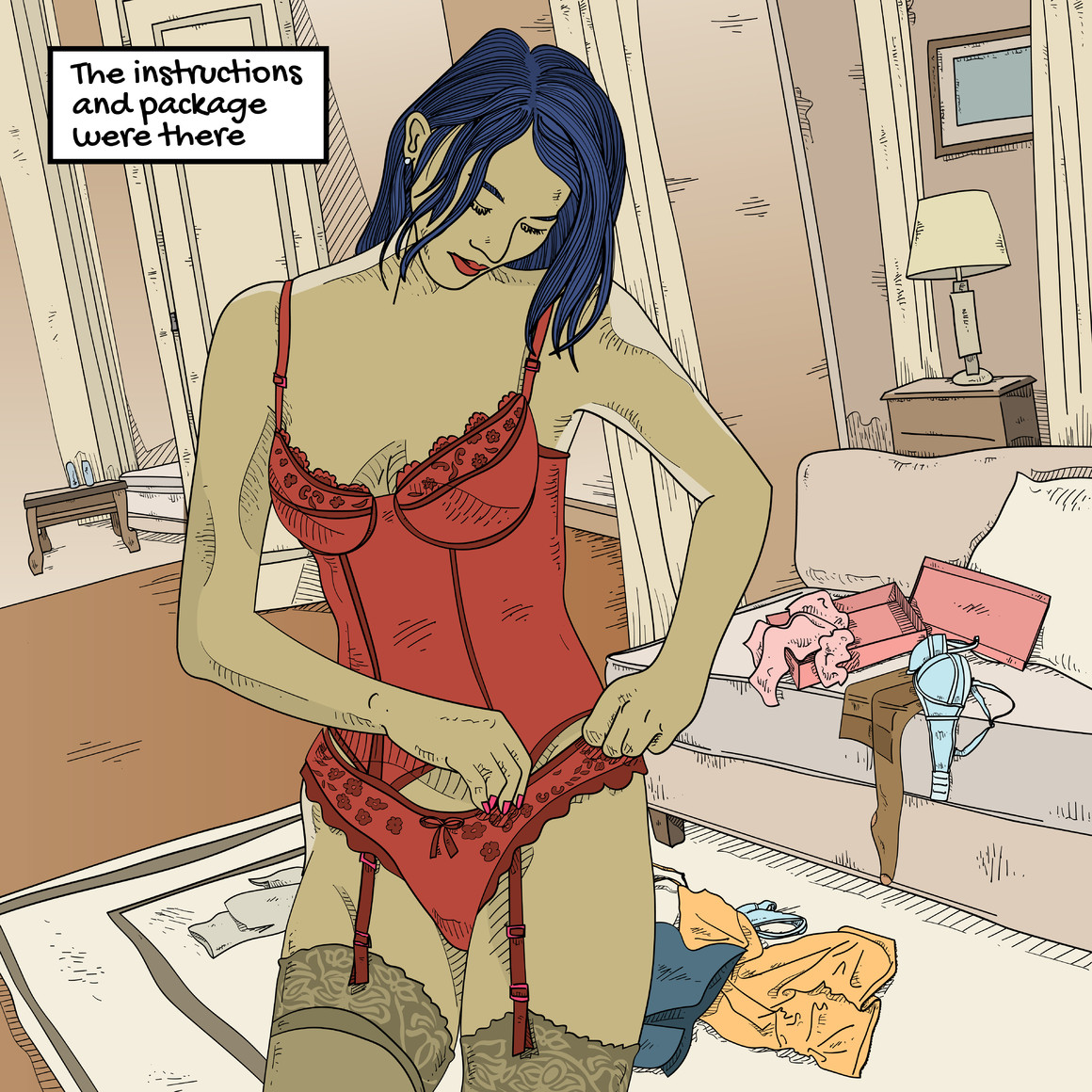
The human form has been a central theme in art since inception, and nudity the most honest depiction and expression of it.
Defining Erotic Art
Erotic art is fine artwork that is intended to arouse the viewer, and/or depicts sexual activity. Both erotic themes and artistic merit define this genre. Erotic art could be appreciated as fine art even void of arousal. This separates it from pornography or obscenity.
Although erotic and nude art is generally separate genres, there are similarities between the two. These grey areas are largely responsible for common misidentification between the genres.
The Grey Areas
In the public eye, these two genres are too often seen as one and the same. One of the big causes of this is the use of nudity itself. But, nudity alone does not constitute erotica. Erotic nude art is a popular subgenre that may further the confusion, as it falls directly into both categories.
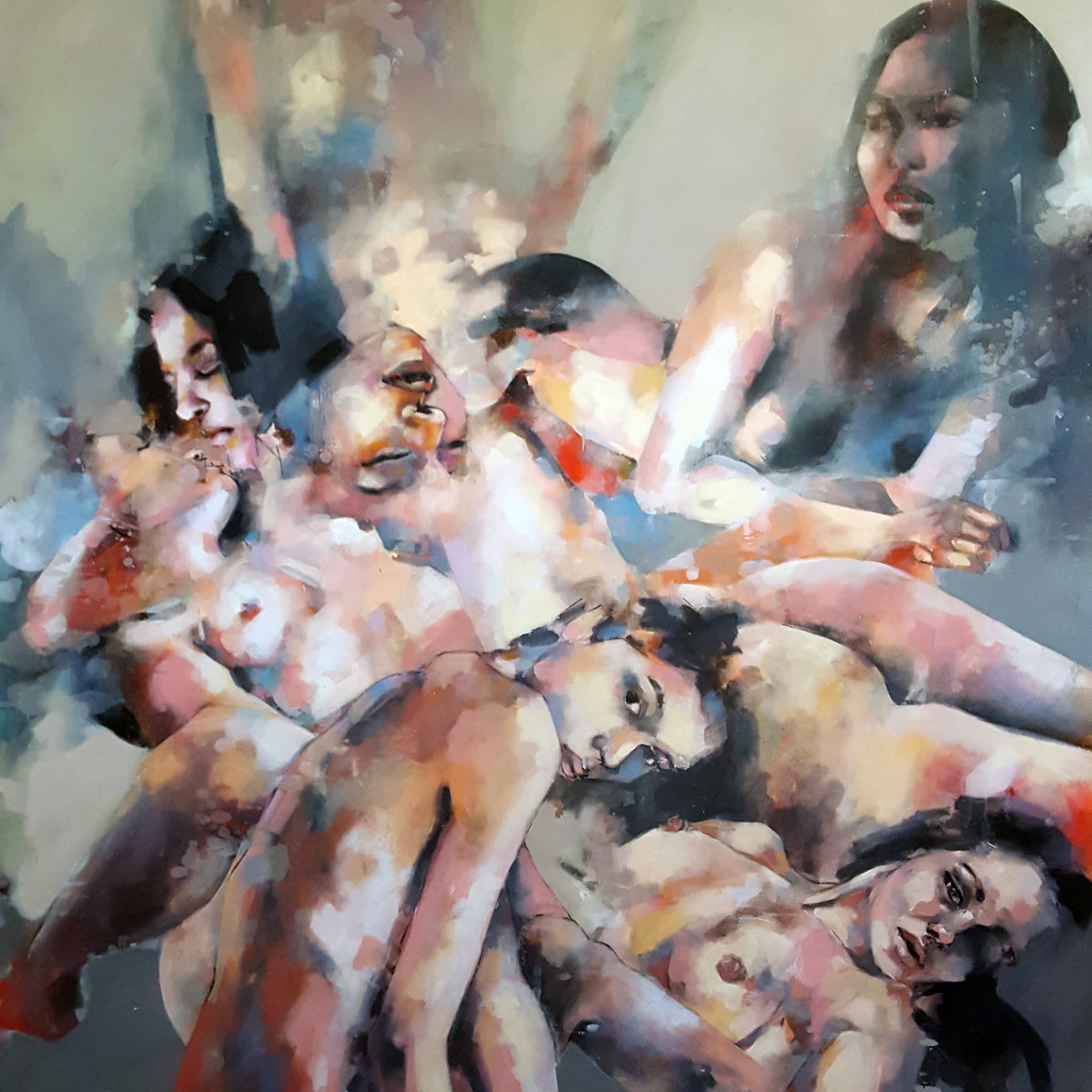
All nude art depicts nudity. Erotic art depicts eroticism, with or without nudity. Just because artwork shows the naked body, does not automatically qualify it as erotic art.
There are many themes and fetishes in erotic art that do not involve nudity. Fetish apparel, for instance, ascribes sexuality to wearing certain clothes. Pin-up photography is a popular category of erotica that, more often than not, does not contain nudity. Artists frequently depict eroticism without nudity.
Other categories of erotic art, such as bondage photography, contain nudity although it is not the primary erotic driver. Instead, that comes from factors like the exchange of power, intimacy, and mastery of the skill.
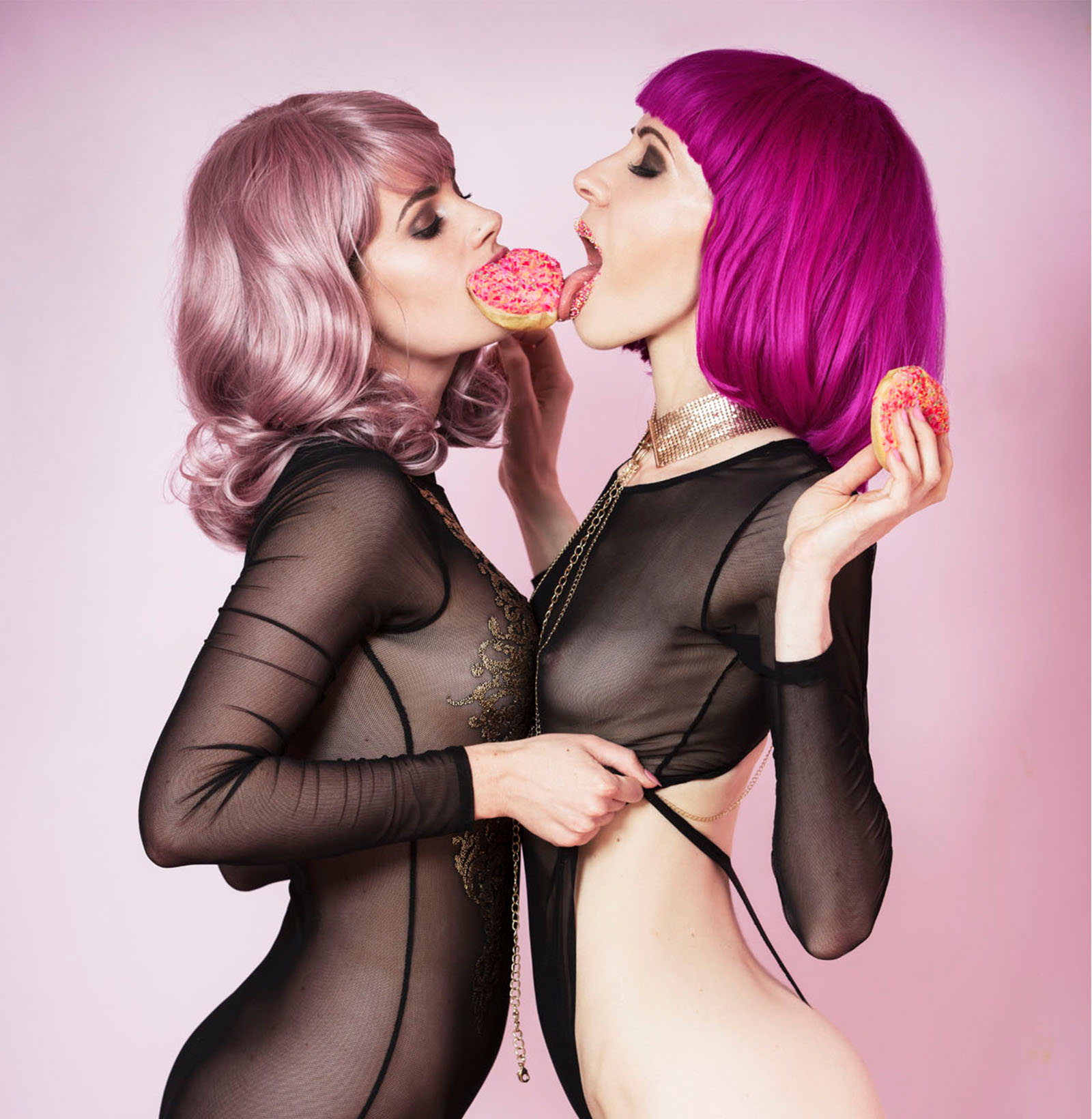
Another factor that frequently draws a parallel between the two genres is censorship. Both erotic and nude art have fallen victim to censorship. In theory, censorship is intended to protect the public from offensive or harmful material. Instead, it too often sees use as a means of suppressing artistic creation.
Neither nudity nor erotica necessarily falls under the vein of “offensive” or “harmful” so long as they constitute fine art. The arguments for and against the censorship of both genres are similar enough that they are easily painted with the same brush.
Key Differences Between Erotic & Nude Art
The two key differences between erotic and nude art are the intent and the effect. Although both genres are fine art, they serve separate purposes.
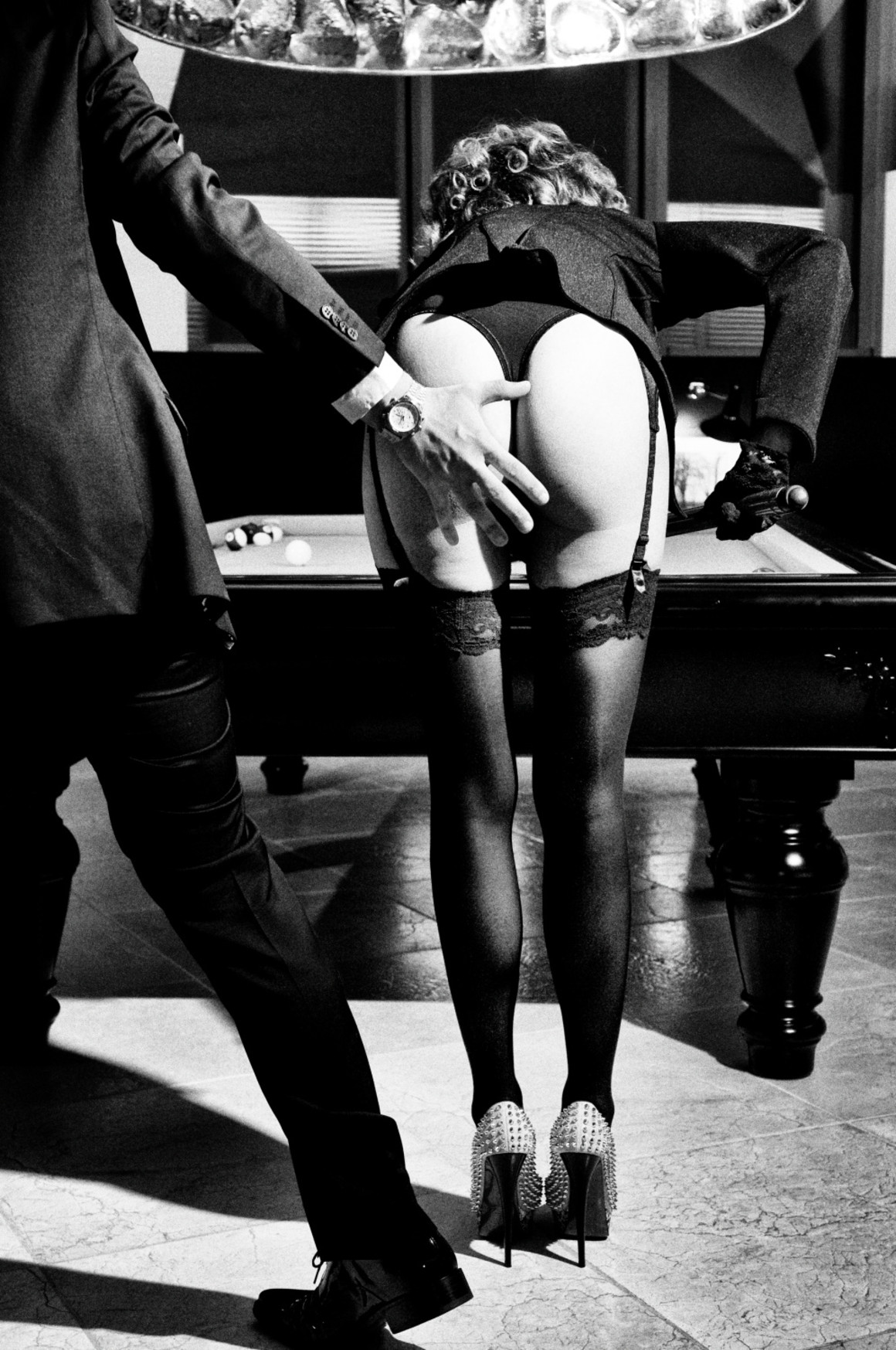
Erotic art has the specific intention of causing arousal in the viewer. The intent is how many artists categorize the piece as belonging to one genre or the other. Nude art is not made with this intention, even though it can cause arousal in viewers. The difference is whether eroticism is clearly the purpose.
For example, consider a popular bit among comedians discussing the Sears catalog. They tell stories of being aroused by Sears models during their youth, tearing out pages, or hoarding catalogs. Of course, the intention of the Sears catalog was not to evoke arousal. So even though arousal may have occurred to a minority of viewers, it did not constitute erotic art.
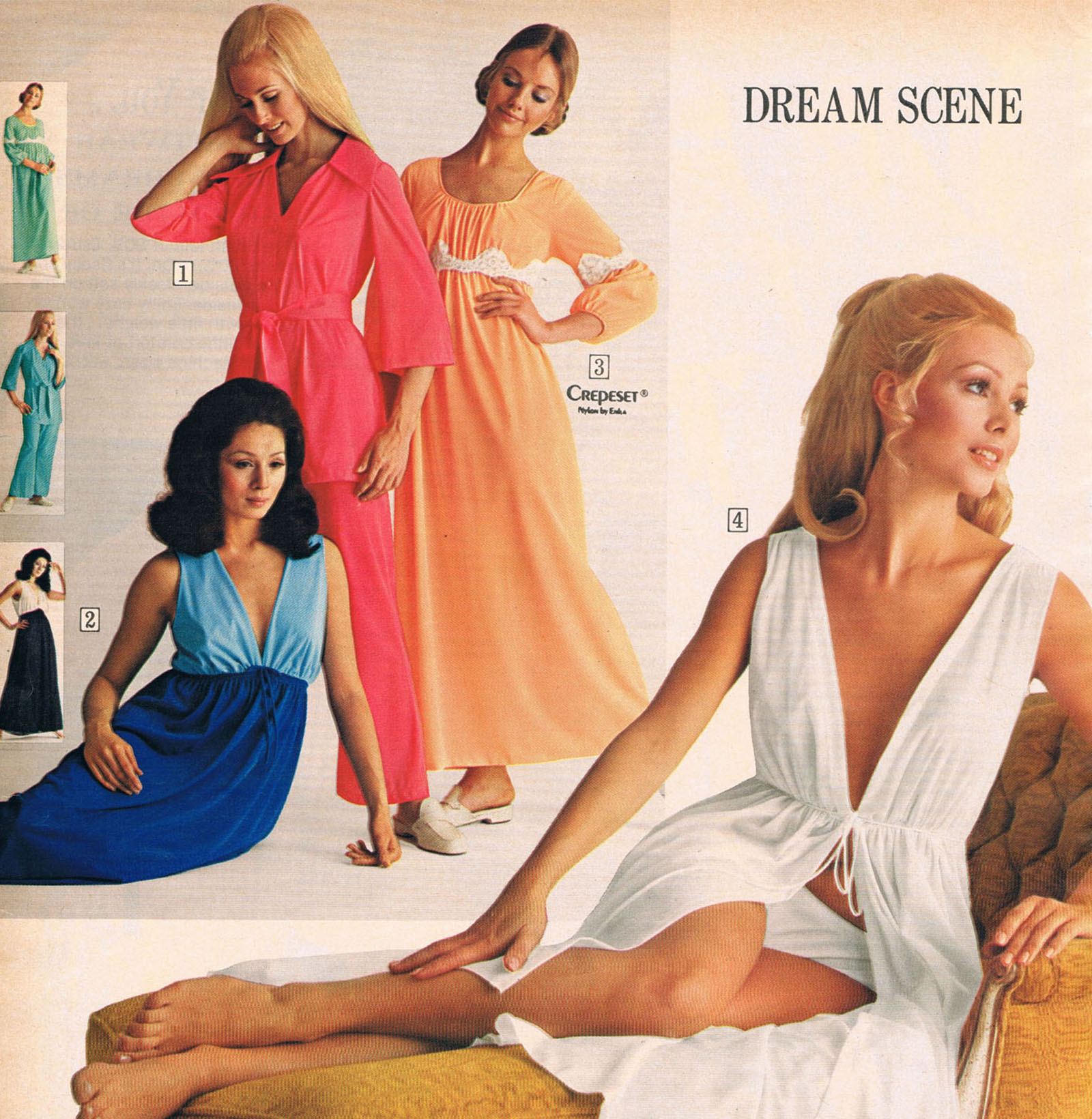
Having said that, the effect can determine a piece like an erotic nude, rather than a nude. Regardless of the artist’s intent, if the majority of viewers find the piece evokes erotic arousal, it may fall under the category of erotica. The difference between this and the Sears example is that the people perceiving the art as erotic in the example are outliers rather than a general consensus.
The effect can work the opposite way as well. For example, an erotic photographer may have prints of a nude model intended for viewers with a foot fetish. For those without a foot fetish, they can appreciate the artistic value of the piece, but the erotic appeal may be lost on them. Outside of this particular fetish community, this piece may be deemed nude art rather than erotic.

Does Individual Perception Matter?
From a broad categorization sense, the difference between nudity and erotica isn’t based on the individual viewer. But, from a more personal standpoint, individual perception matters more. The owner of erotic artwork may choose to purchase and/or display an art print because of their personal connection with it.

When buying art, the most important aspect is finding a piece that appeals to your tastes, sensibilities, and desires. For more tips for buyers view our Guide to Shopping for Limited Edition Art. Or, browse our gallery of nude and erotic art from both established and up-and-coming artists.
Art Provocateur is the premier online gallery of erotic art prints. Browse our galleries of limited edition and one-of-a-kind artwork. We have the largest selection of erotic and nude art from both established artists and rising stars.
1 Comments
I shared your blog on FB well written. I paint erotic art themes that are classed as expressive erotic art. They are abstract of the anatomies connecting and embracing. One was shortlisted and hung up in the UK in the Cork Street gallery of a art competition Art Erotica 2012. Curated by Kathryn Roberts. I still have my artworks.